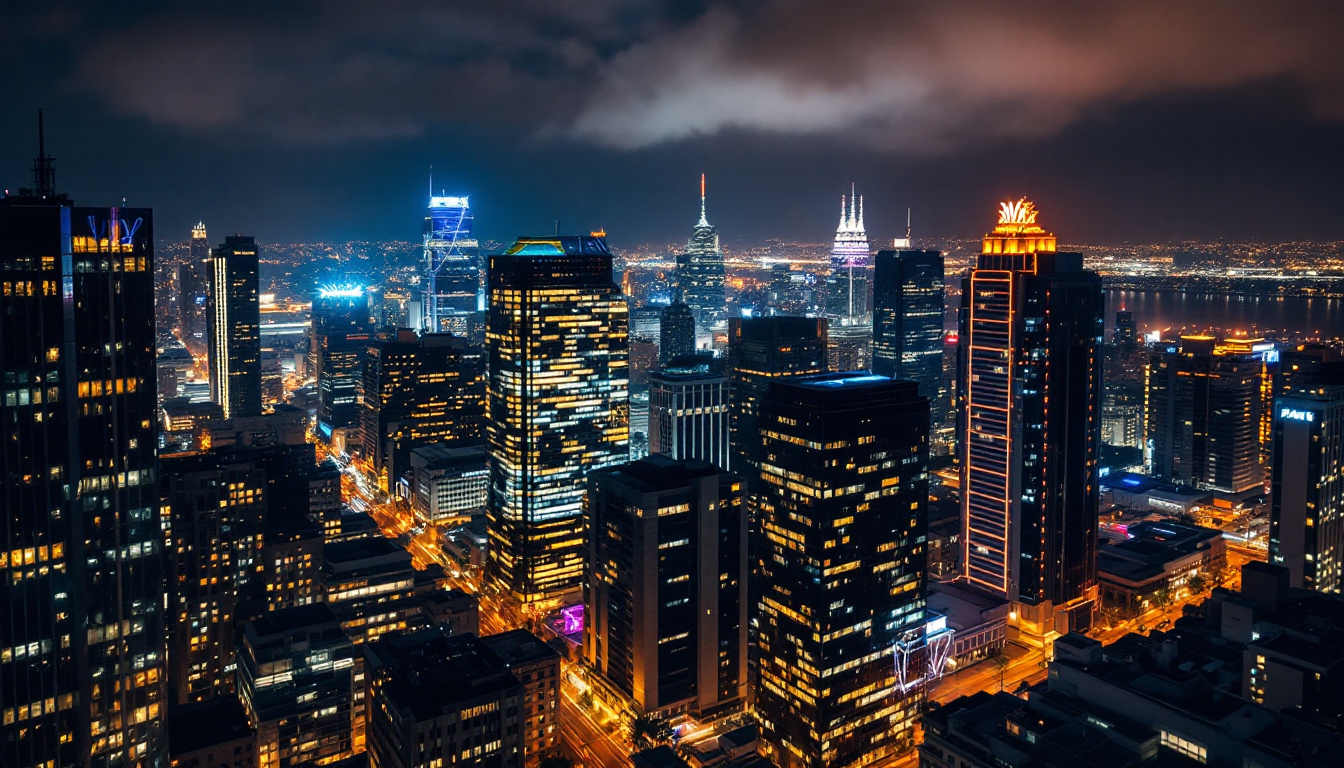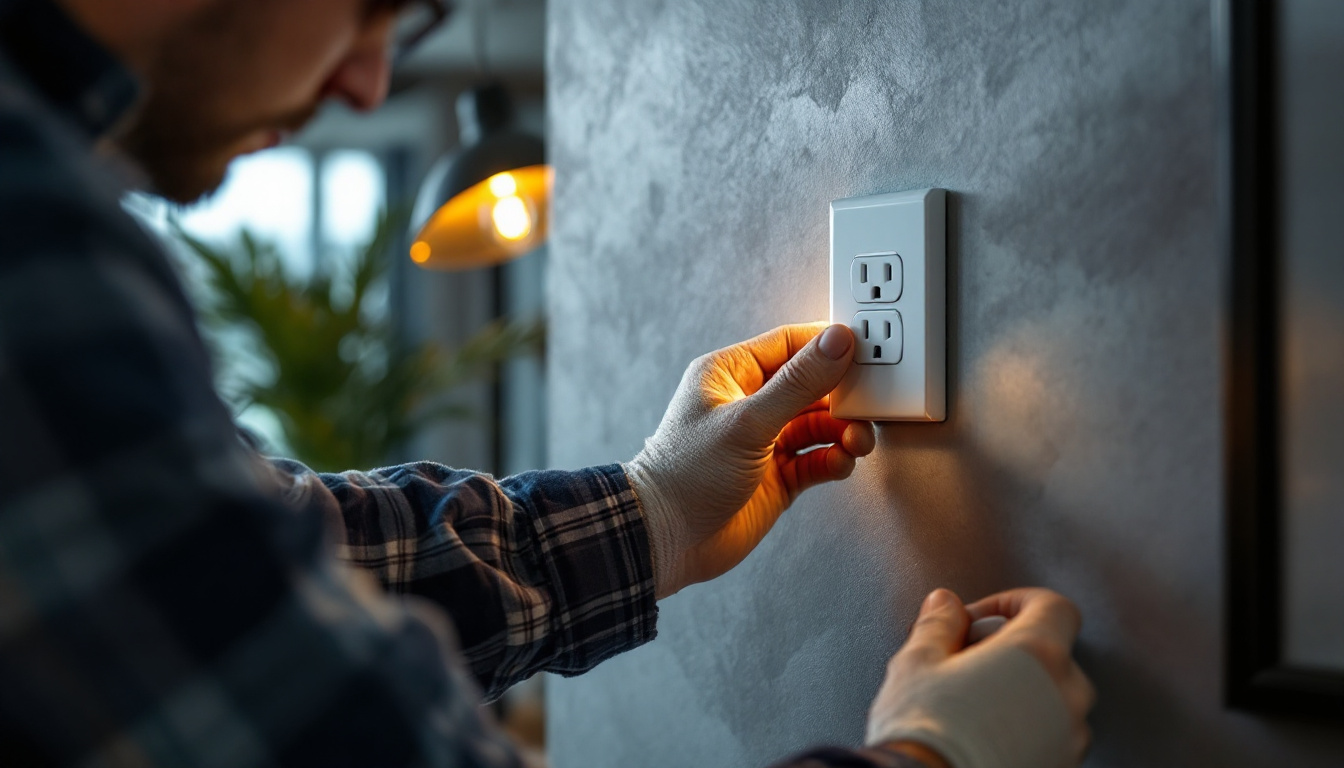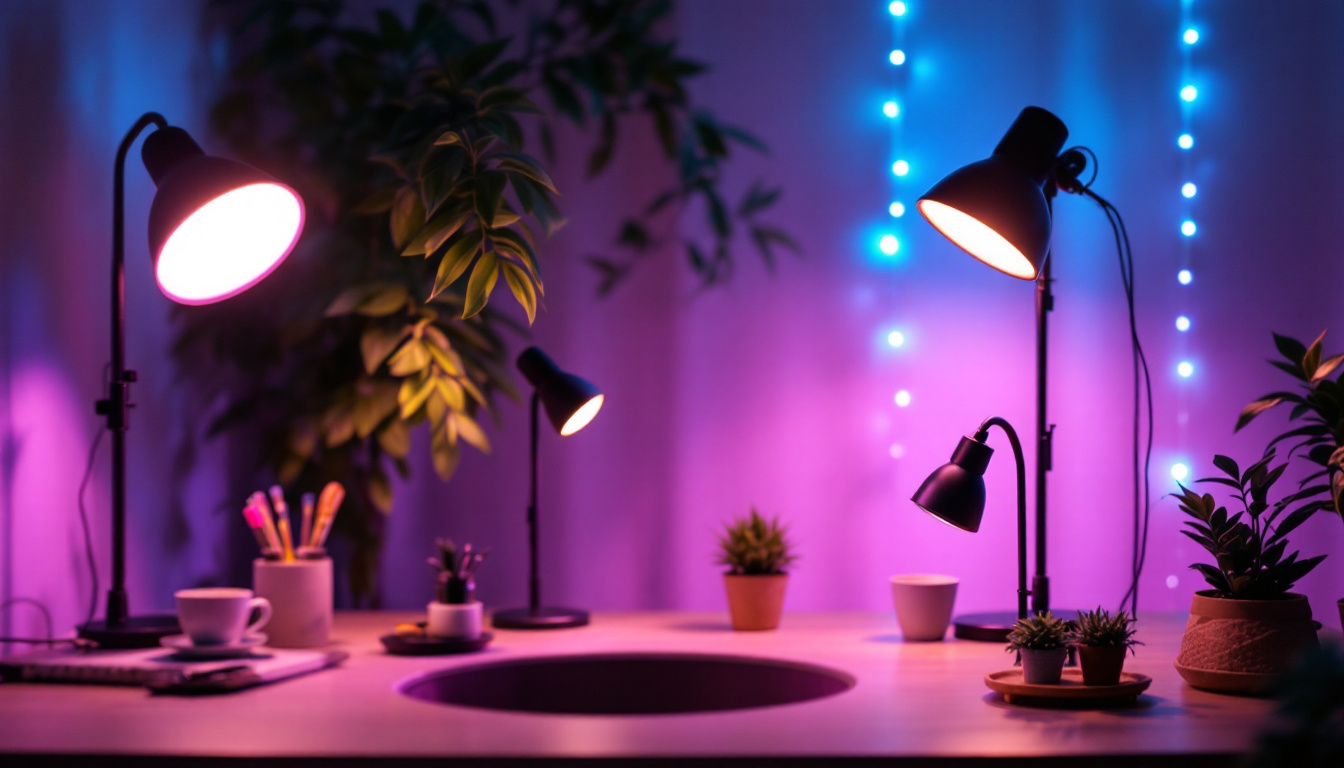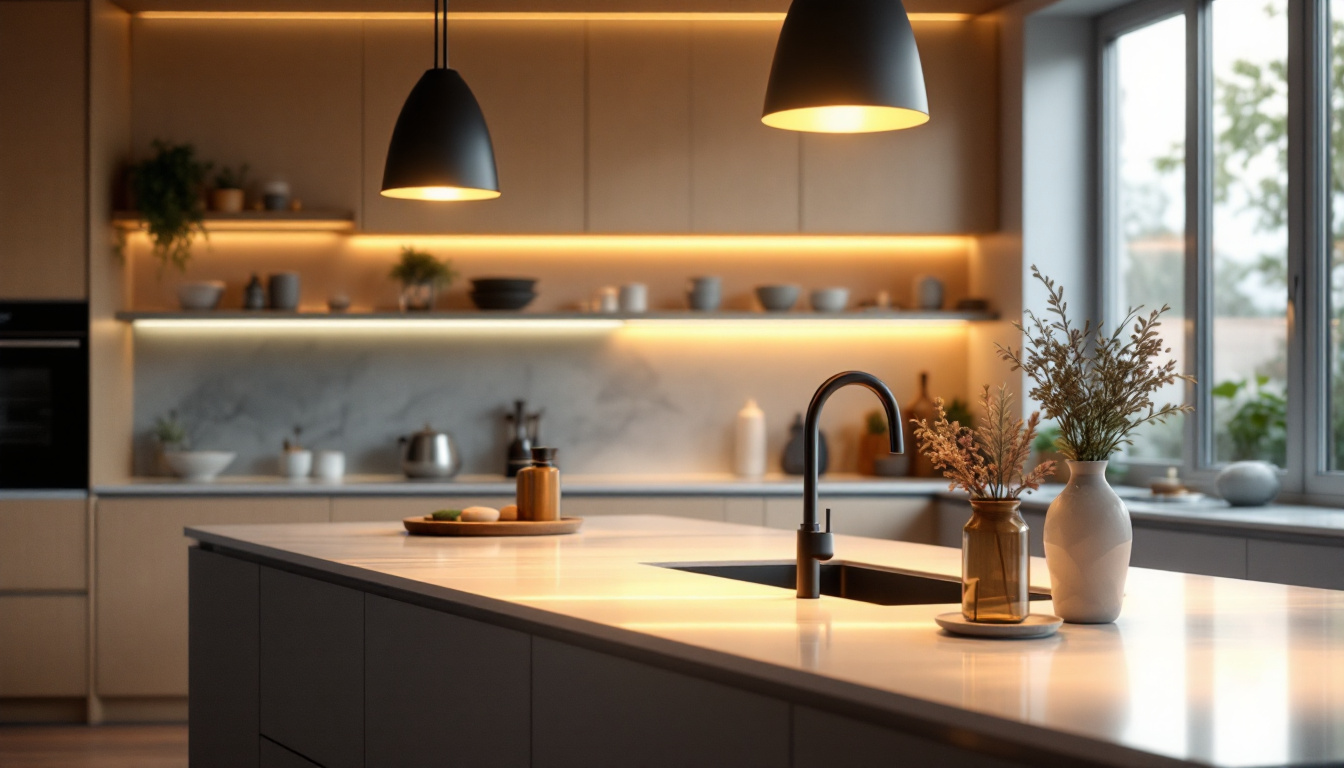

In the world of lighting design and installation, bay lights are a crucial component, especially in commercial and industrial settings. These fixtures serve not only to illuminate large spaces but also to enhance productivity and safety. However, many lighting contractors often overlook key considerations when working with bay lights. This article delves into common oversights and offers insights to ensure optimal performance and satisfaction for clients.
Before diving into common oversights, it is essential to understand what bay lights are and their applications. Bay lights are typically used in large spaces such as warehouses, gymnasiums, and manufacturing facilities. They come in various forms, including high bay and low bay lights, each suited for specific ceiling heights and lighting needs. The choice of bay lighting can greatly impact the functionality and aesthetics of a space, making it crucial for facility managers and designers to select the appropriate type based on the unique requirements of their environment.
high bay lights are designed for ceilings that exceed 20 feet, providing powerful illumination over expansive areas. In contrast, low bay lights are used in spaces with ceilings ranging from 12 to 20 feet. Understanding the distinction between these types is vital for contractors to recommend the right solutions to their clients. High bay lights often utilize LED technology, which not only offers superior brightness but also reduces energy consumption, making them an eco-friendly choice. Meanwhile, low bay lights can also be equipped with advanced features such as dimming capabilities and motion sensors, enhancing their efficiency and adaptability to varying lighting needs throughout the day.
Bay lights are versatile and can be used in various applications, from retail environments to industrial settings. Their primary benefits include energy efficiency, long lifespan, and the ability to provide uniform light distribution. When installed correctly, they can significantly enhance visibility and safety in workspaces. In addition to their practical advantages, bay lights can also contribute to the overall ambiance of a space. For instance, in a retail setting, strategically placed bay lights can highlight merchandise and create an inviting atmosphere for customers. Similarly, in gymnasiums, the right lighting can improve the mood and motivation of athletes, promoting a more engaging experience. Furthermore, advancements in smart lighting technologies are allowing bay lights to be integrated into building management systems, offering enhanced control over lighting schedules and energy usage, which can lead to significant cost savings over time.
Despite the advantages of bay lights, contractors often make critical mistakes during installation and design. These oversights can lead to inadequate lighting, increased energy costs, and dissatisfied clients. Here are some of the most common pitfalls to avoid.
One of the most significant oversights is failing to perform accurate lighting calculations. Lighting contractors must consider the specific requirements of the space, including ceiling height, surface reflectance, and the intended use of the area. Without precise calculations, the installed lighting may be insufficient or excessive, leading to poor visibility or wasted energy.
Utilizing lighting design software can help contractors simulate different lighting scenarios and determine the optimal number and placement of fixtures. This proactive approach ensures that clients receive the best possible lighting solution tailored to their needs. Additionally, staying informed about the latest lighting technologies and standards can further enhance the accuracy of these calculations, allowing for a more comprehensive understanding of how different light sources interact with various materials and colors in the environment.
Another common mistake is neglecting proper fixture placement. The arrangement of bay lights can significantly impact light distribution and overall effectiveness. Contractors should consider factors such as the layout of the space, the location of obstacles, and the height of the fixtures.
For instance, placing fixtures too far apart can create dark spots, while clustering them too closely can lead to glare and uneven illumination. A well-thought-out placement strategy can enhance the functionality of the space and improve the overall user experience. Furthermore, understanding the specific activities that will take place in the area can guide fixture placement. For example, in a warehouse setting, areas designated for detailed work may require more focused lighting, while general storage areas can benefit from broader illumination. This tailored approach not only maximizes efficiency but also ensures that the lighting meets the diverse needs of the users.
Energy efficiency is a crucial consideration in modern lighting design. Many contractors overlook the importance of selecting energy-efficient fixtures and controls. LED bay lights, for example, offer significant energy savings compared to traditional incandescent or fluorescent options.
Incorporating smart controls, such as occupancy sensors and dimmers, can further enhance energy efficiency by ensuring that lights are only used when necessary. Educating clients about the long-term savings associated with energy-efficient solutions can also help contractors build trust and credibility. Additionally, contractors should consider the environmental impact of their lighting choices. By opting for sustainable products and practices, they can contribute to a greener future while appealing to environmentally conscious clients. This not only enhances the reputation of the contractor but also aligns with the growing trend of sustainability in construction and design, making energy efficiency a cornerstone of modern lighting projects.
Beyond installation, several design considerations can enhance the effectiveness of bay lighting. By addressing these elements, contractors can create a more functional and aesthetically pleasing environment.
The color temperature of bay lights significantly affects the ambiance of a space. Warmer tones (around 3000K) create a cozy atmosphere, while cooler tones (above 4000K) promote alertness and focus. Understanding the intended use of the space can guide contractors in selecting the appropriate color temperature.
Moreover, the quality of light matters. High Color Rendering Index (CRI) values indicate that colors will appear more vibrant and true to life. In settings where color accuracy is crucial, such as retail or art galleries, opting for fixtures with a high CRI can enhance the overall experience.
Bay lighting should not exist in isolation. Integrating bay lights with other lighting systems can create a harmonious and functional lighting scheme. For example, combining ambient lighting with task lighting can provide a layered approach that meets various needs within a space.
Contractors should consider how bay lights will interact with natural light sources and other artificial lighting. This holistic approach can enhance the overall lighting design and improve energy efficiency.
Proper maintenance is essential for ensuring the longevity and performance of bay lights. Contractors often overlook this aspect, which can lead to premature fixture failure and increased costs for clients.
Regular inspections and cleaning of bay lights are crucial for maintaining optimal performance. Dust and debris can accumulate on fixtures, reducing their efficiency and light output. Contractors should recommend a maintenance schedule to clients, ensuring that lights are checked and cleaned periodically.
Additionally, inspecting the electrical components and connections can prevent potential issues before they arise. A proactive approach to maintenance can save clients money in the long run and enhance the reliability of the lighting system.
As technology advances, older lighting systems may become outdated. Contractors should stay informed about the latest advancements in lighting technology and recommend upgrades when necessary. This could involve replacing older fixtures with more energy-efficient models or incorporating smart technology for better control.
Educating clients about the benefits of upgrading can lead to improved satisfaction and performance in their lighting systems. It also positions contractors as knowledgeable professionals who prioritize their clients’ needs.
Effective communication with clients is vital throughout the lighting design and installation process. Many contractors overlook the importance of educating clients about their options and the benefits of various lighting solutions.
Contractors should set realistic expectations regarding the performance and capabilities of bay lights. Clients may have preconceived notions about lighting that do not align with the realities of the technology available. By providing clear information and managing expectations, contractors can foster trust and prevent misunderstandings.
Moreover, discussing the potential impact of lighting on productivity, safety, and energy costs can help clients appreciate the value of investing in quality lighting solutions.
Post-installation support is another area where contractors can excel. Offering follow-up services, such as maintenance checks or troubleshooting assistance, can enhance client satisfaction and loyalty. Clients are more likely to return to contractors who provide ongoing support and demonstrate a commitment to their needs.
By establishing a strong relationship with clients, contractors can not only ensure successful projects but also create opportunities for future work and referrals.
Bay lights are a vital aspect of lighting design in commercial and industrial settings. However, many lighting contractors overlook essential considerations that can impact the effectiveness and satisfaction of their installations. By understanding the nuances of bay lighting, avoiding common oversights, and prioritizing client education and support, contractors can elevate their services and deliver exceptional results.
Ultimately, the goal is to create well-lit spaces that enhance productivity, safety, and overall satisfaction for clients. By paying attention to detail and staying informed about industry advancements, lighting contractors can position themselves as leaders in the field and ensure their clients receive the best possible lighting solutions.
Don’t let common oversights dim the potential of your bay lighting installations. At LumenWholesale, we provide lighting contractors with the highest quality, spec-grade bay lights at prices that shine as brightly as our products. Say goodbye to local distributor markups and hello to our extensive selection that meets rigorous industry standards. With free shipping on bulk orders, you can light up your projects with confidence, knowing you’re getting the best value without any hidden costs. Elevate your lighting solutions today and experience wholesale lighting at the best value with LumenWholesale.

Explore essential insights for lighting contractors in our comprehensive guide on wall receptacles.

Discover how inexpensive LED lights can transform your lighting projects without breaking the bank.

Explore the transformation of bar lighting in kitchens, from traditional designs to innovative solutions that enhance ambiance and functionality.

Discover the essentials of wafer lighting in this insightful guide tailored for lighting contractors.
Get notified when NEW deals are released.
Optimize your budget with wholesale discounts.
Only top-quality, specification-grade lighting products.
No additional costs at checkout - what you see is what you pay.
We understand the unique needs of contractors.